Myrin-P Forte Tablets (1 Strip = 10 Tablets) Specification
Requires Prescription (YES/NO)
Yes
Generics
Rifampicin , Isoniazid , Pyrazinamide , Ethambutol
Used For
Tuberculosis
How it works
The mechanism of action of ethambutol is not fully known. It diffuses into mycobacteria and appears to suppress multiplication by interfering with RNA synthesis. It is effective only against mycobacteria that are actively dividing.Rifampicin inhibits bacterial RNA synthesis by bonding strongly to the beta subunit of DNA-dependent RNA polymerase, preventing the attachment of the enzyme to DNA and thus blocking initiation of RNA transcription.Isoniazid is a bactericidal antitubercular agent which is active against actively dividing mycobacteria and its mode of action may relate to inhibition of mycolic acid synthesis and the disruption of the cell wall in susceptible organisms.The mechanism of action of pyrazinamide is unknown. Pyrazinamide may be bacteriostatic or bactericidal depending on its concentration and the susceptibility of the organism.
Usage And Safety
Dosage
Rifampicin , Isoniazid , Pyrazinamide , Ethambutol
Side Effects
Adverse Reactions Relating to Ethambutol – Blood and Lymphatic System Disorders : Leukopenia, thrombocytopenia, neutropenia. Immune System Disorders : Hypersensitivity syndrome consisting of cutaneous reaction (such as rash or exfoliative dermatitis) , eosinophilia, and one or more of the following: hepatitis, pneumonitis, nephritis, myocarditis, and pericarditis. Fever and lymphadenopathy may be present. Metabolism and Nutrition Disorders : Anorexia, elevations of serum uric acid concentration. Nervous System Disorders : Dizziness, hypoesthesia, paresthesia. Gastrointestinal Disorders : Epigastric distress, constipation, nausea, vomiting, abdominal pain, anorexia, metallic taste, dry mouth. Skin and Subcutaneous Tissue Disorders : Pruritus, rash, Stevens-Johnson Syndrome, toxic epidermal necrolysis. Musculoskeletal, Connective Tissue and Bone Disorders : Joint pains, acute gout. Respiratory Disorders, Thoracic and Mediastinal Disorders : Pulmonary infiltrates with or without eosinophilia. Adverse Reactions Relating to Rifampicin: Blood and Lymphatic System Disorders : Thrombocytopenia, leukopenia, hemolytic anemia, anemia, eosinophilia. Thrombocytopenia has occurred when ethambutol and rifampicin were administered concomitantly according to an intermittent dose schedule twice weekly and in high doses. Immune System Disorders : Hypersensitivity reactions Metabolism and Nutrition Disorders : Elevations in serum uric acid. Nervous System Disorders : Headache, drowsiness, fatigue, ataxia, dizziness, inability to concentrate, mental confusion, muscular weakness, generalized numbness, pain in the extremities. Adverse Reactions Relating to Isoniazid: Blood and Lymphatic System Disorders : Agranulocytosis, eosinophilia, anemia, thrombocytopenia, methemoglobinemia, vasculitis, lymphadenopathy.Immune System Disorders : Allergic reactions, lupus-like syndrome, rheumatoid syndrome. Hypersensitivity may result in fever, various skin eruptions, hepatitis, rash (including morbilliform, maculopapular, purpuric, and urticarial), vasculitis, and lymphedema. Ear and Labyrinth Disorders : Tinnitus. Metabolism and Nutrition Disorders : Pellagra, hyperglycemia, metabolic acidosis, gynecomastia. Gastrointestinal Disorders : Epigastric distress, nausea, vomiting, constipation. Adverse Reactions Relating to Pyrazinamide : Blood and Lymphatic System Disorders : Thrombocytopenia, sideroblastic anemia with erythroid hyperplasia, vacuolation of erythrocytes, abnormalities in blood clotting mechanisms, porphyria. Immune System Disorders : Hypersensitivity reactions including rash, urticaria, pruritus. Metabolism and Nutrition Disorders : Anorexia, hyperuricemia. Increased difficulty has been reported in controlling diabetes mellitus when diabetics are given pyrazinamide. Gastrointestinal Disorders : Nausea, vomiting. Skin and Subcutaneous Tissue Disorders : Acne, photosensitivity, skin rashes.
Drug Interactions
Interactions relating to Ethambutol : Concurrent administration of ethambutol with other neurotoxic medicines may increase the potential for neurotoxicity, such as optic and peripheral neuritis. Antacids containing aluminum hydroxide have impaired the absorption of ethambutol. Ethambutol may react with phentolamine (Rogitine) to elicit a false-positive test for pheochromocytoma. Interactions relating to Rifampicin : Aminophylline, theophylline, sulphonylurea oral anti-diabetic agents, phenobarbital, systemic betaadrenergic blocking agents, chloramphenicol, clofibrate, corticosteroids, cyclosporin, dapsone, diazepam, digitalis glycosides, disopyramide, mexiletine, quinidine, tocainide, estramustine, fluconazole, methadone, phenytoin, trimethoprim, oral verapamil. Interactions relating to Isoniazid : Alfentanil, coumarin, indandione derivative anticoagulants, benzodiazepines, carbamazepine, and theophylline , phenytoin , paracetamol, alcohol, rifampicin and other hepatotoxic medications , ketoconazole or parenteral miconazole , cycloserine, disulfiram. Interactions relating to Pyrazinamide : Pyrazinamide may increase serum uric acid concentrations and decrease the efficacy of gout therapy. Dosage adjustments of these medications may be necessary to control hyperuricemia and gout.
Indication
It is indicated for the initial intensive phase therapy of new and re-treatment of all forms of tuberculosis in category I and II patients caused by susceptible strains of mycobacteria.
When not to Use
It should not be used in patients with a known hypersensitivity to ethambutol, isoniazid, pyrazinamide or rifampicin or to any of the excipients in this product. It is also contraindicated in the presence of alcoholism, optic neuritis, in the presence of jaundice, or in patients with known retrobulbar neuritis unless the doctor determines that it may be used. It is also contraindicated in patients who are unable to appreciate and report visual side effects or changes in vision (e.g., young children and patients with mental illness or mental deficiency).
Precautions
Precaution
It should be administered with care to epileptic patients, since it may induce convulsions, or to patients in psychotic states characterized by mania or hypomania.
Warnings
Warning 1
Rifampicin/pyrazinamide combination therapy should generally not be offered for treatment of latent tuberculosis infection.
Warning 2
It is not recommended for use in children under 13 years of age since safe conditions of use have not been established. The pyrazinamide inhibits renal excretion of urates, frequently resulting in hyperuricemia that is usually asymptomatic.
Warning 3
Ethambutol hydrochloride may produce decreases in visual acuity which may appear to be due to optic/retrobulbar neuritis. This effect may be related to dose and duration of treatment. This effect is generally reversible when administration of the drug is discontinued promptly. However, irreversible blindness has been reported.
Additional Information
Pregnancy category
Always consult your physician before using any medicine.
Storage (YES/NO)
Store this medicine at room temperature, away from direct light and heat.



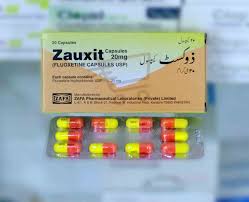



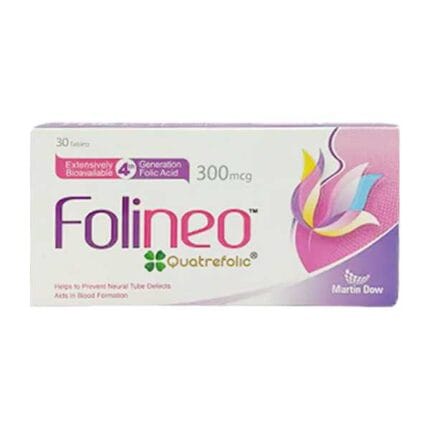

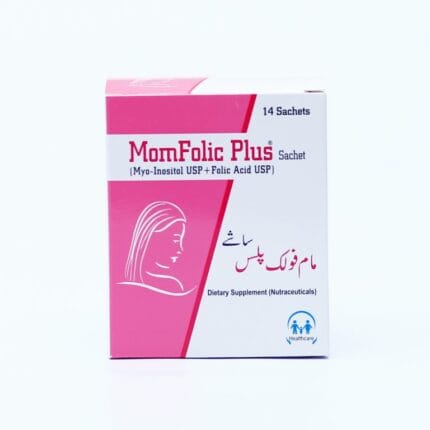
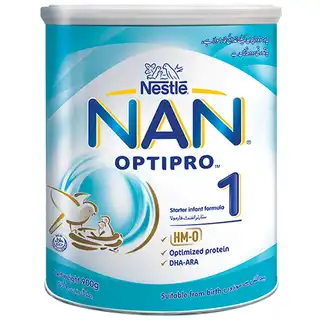
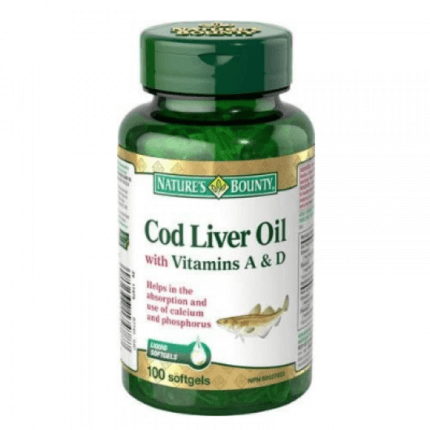










Reviews
There are no reviews yet.